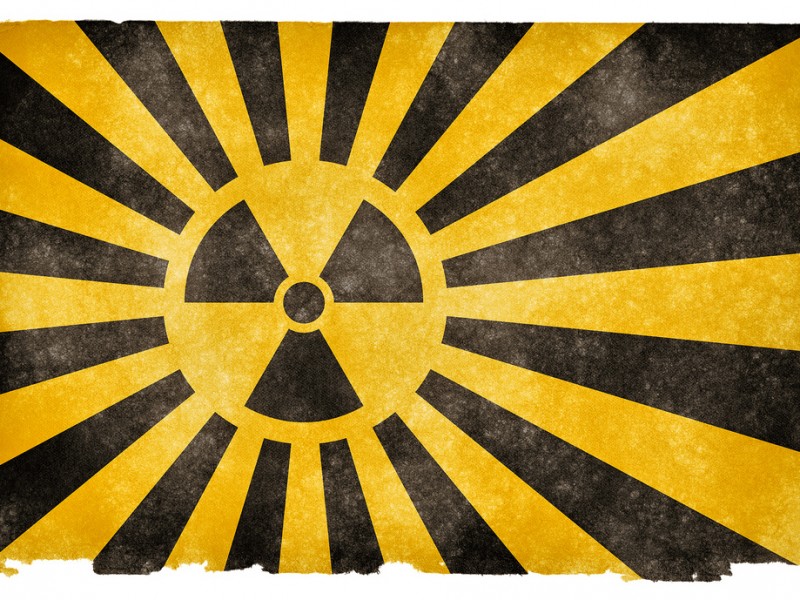Anti-virus expert Eugene Kaspersky has claimed that the Stuxnet virus also infected the internal network of a Russian nuclear plant. Kaspersky said that during his keynot speech at the National Press Club of Australia last week. The boss of the Russian antivirus company Kaspersky Lab told the audience that an employee at the unnamed nuclear plant informed him of the infection.
Stuxnet is a malware discovered in June 2010. It is believed to have been developed by the USA and Israel to disturb Iranian nuclear facilities. It did affect Iran’s uranium facilities in Natanz. According to Kaspersky, the malware caused chaos in the russian plant after it was carried across on a USB device. He didn’t reveal when exactly this happened. He only said that it was „during the Stuxnet time”.
The Russian entrepeneur summarized that those people, wo were responsible for offensive technologies don’t realise the unintended consequences. “Everything you do is a boomerang,” he added. “It will get back to you.”
Stuxnet is understood to also have infected various enterprises in the US like Chevron. The US oil company admitted last year that is has been badly infected by Stuxnet. Kaspersky’s revelation is the first time a nuclear facility outside Iran has been thought to be affected by the malware.
Because cyber space didn’t have any borders and many facilities shared the same systems, “unfortunately, it’s very possible that other nations which are not in a conflict will be victims of cyber attacks on critical infrastructure“, Kaspersky said. If the claim is true, this shows how easily malware can spread out of control and turn into a very serious incident. Similar to bioweapons, malware can infect anything regardless any border. Once released into the wild, it can become a curse that haunts you.
erschienen auf netwars-project.com
